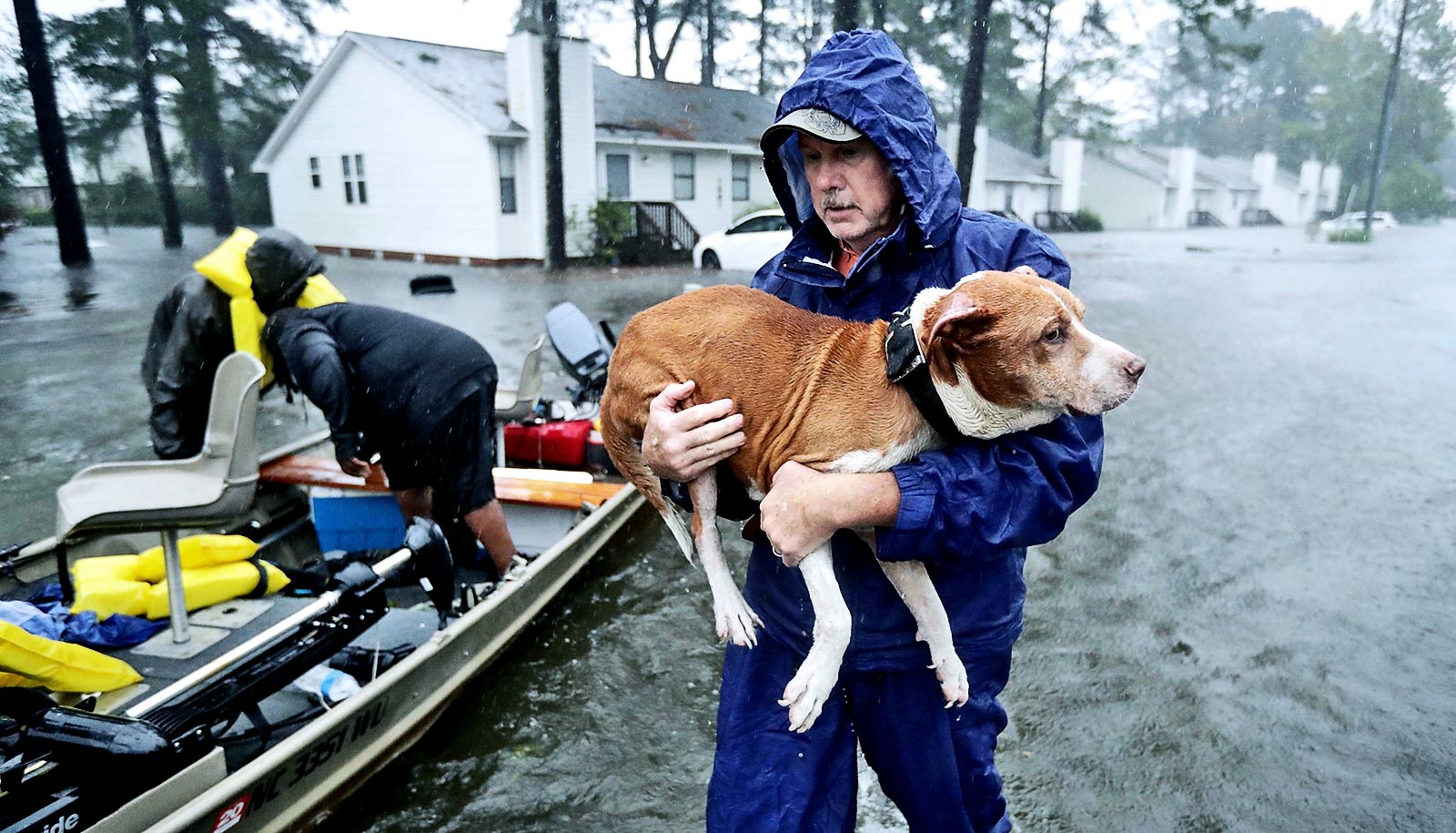
The Boone County Water District, who also obtains all of its water from the Boone-Florence Water District, provides water service to the east-central portion of the county including areas contiguous to the City of Florence, the Hebron and Bullittsville area, the Burlington area, the City of Union and surroundings, and the area southward from Florence to Richwood. The City of Florence Public Services Department is responsible for the maintenance and management of the system.

The average daily water usage within the system is approximately 3 million gallons. The City of Florence, who obtains their water from the Boone-Florence Water Commission, maintains 147 miles of water lines, nearly 4,000 valves, over 1,600 hydrants, and about 9,000 metering devices and has three water towers with a storage capacity of 3.5 million gallons. The final results of the study will be presented to the Boone-Florence Water Commission in the Spring of 2019. Initial thoughts are that it could be a 2-3 million gallon ground level tank similar to the facility next Ryle High School. As a result of the formation of this Commission, the Boone County and City of Florence no longer needs to obtain their water from the Northern Kentucky Water District, which now serves as a backup source.Ĭurrently, the BFWC has initiated an engineering study looking into the possibility of adding a new water storage tank in the Hebron area due to continued growth and development in the area. In 20, a transmission line was constructed under the Ohio River as well as a new pumping station near the Anderson Ferry, new transmission lines in the eastern and northern portion of Boone County, and a 2 million gallon storage tank next to Ryle High School. In 1999, it contracted with Cincinnati Water Works for a supply of 30 million gallons per day of treated surface water from the Ohio River. This Commission was formed in 1998 to arrange for the supply of water to the Boone District and the City of Florence. The majority of the remainder of the county is dependent on cisterns or occasional wells.

Broad areas of the east and northeastern parts of the county are currently served by public water. These current systems are the Boone County, City of Florence, Boone-Florence, City of Walton, Bullock Pen, Gallatin County, and Northern Kentucky districts. Within the geographic areas of Boone County are seven different public water distribution systems. If it makes sense from an efficiency standpoint to serve areas across political boundaries, then districts should be encouraged to do so. Public water service should be correlated between the various water districts to use common mains and avoid duplication of services. Cooperative funding agreements between the service providers and the residents should be explored and encouraged in order to provide the service they desire.


However, in several instances, water lines have been extended along main roads throughout the more rural portions of Boone County, but the cost for the residents in small, adjoining subdivisions to tap into the water system has been prohibitive. The placement of water lines in rural areas has historically not been done in order to encourage responsible growth, but rather to giving residents access to the benefits of water service such as in fighting fires, lowering insurance rates, and providing public potable water. Public water districts have a responsibility to provide cost-effective water service. This element presents current data and provides insight into future expansion of these services in order to provide safe, efficient, and environmentally responsible public services and facilities for all residents and businesses. Water distribution, sanitary sewage collection and treatment, gas and electric supply, municipal/public services, education, health care, and public communications are the services discussed. This element discusses the public facilities and services within unincorporated Boone County and the Cities of Florence, Union, and Walton.


 0 kommentar(er)
0 kommentar(er)
